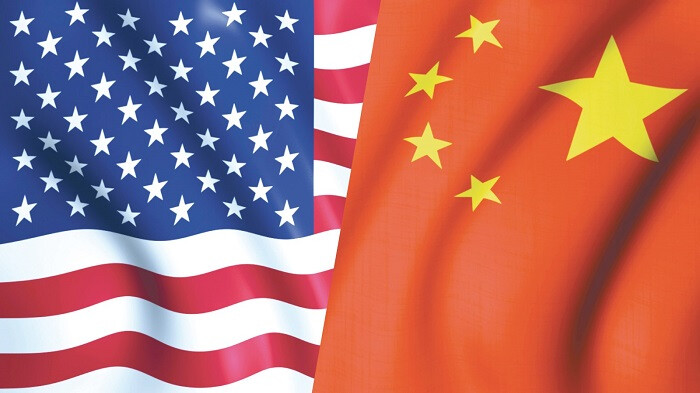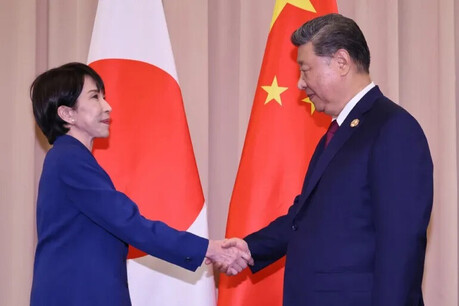
South Korea's reliance on China for semiconductor exports has diminished in recent years due to the escalating US-China tech rivalry and the broader trend of decoupling from China. The nation's semiconductor exporters have been diversifying their markets, with shipments to Taiwan and Vietnam on the rise.
According to data from the Ministry of Trade, Industry, and Energy and the Ministry of Science and ICT, South Korea's annual semiconductor exports reached a record high of $141.9 billion in 2023, marking a 43.9% increase year-on-year.
However, the breakdown of exports by country has undergone significant changes. China, once South Korea's largest semiconductor export market, has seen its share shrink, while other countries such as Taiwan have gained ground.
China, including Hong Kong, accounted for 51.7% of South Korea's total semiconductor exports in 2023 (January-November), down from 61.1% in 2020, representing a 9.4 percentage point decline. Excluding Hong Kong, the share of semiconductor exports to mainland China decreased from 40.2% to 33.3% over the same period.
In contrast, exports to Taiwan more than doubled from 6.4% in 2020 to 14.5% in 2023. This surge is attributed to SK Hynix's supply of High Bandwidth Memory (HBM) to Nvidia, which is assembled at TSMC's factories in Taiwan. Although these products are ultimately delivered to a US company, they are statistically recorded as exports to Taiwan.
Exports to Vietnam, where Samsung Electronics has several smartphone factories, also saw a slight increase from 11.6% in 2020 to 12.9% in 2023. However, exports to the United States remained relatively unchanged at 7.3% in 2023, compared to 7.5% in 2020.
As the US-China tech rivalry intensifies under a potential second Trump administration, South Korea's semiconductor export landscape is expected to be further impacted. With major South Korean companies facing increased uncertainties in their China operations due to US restrictions and the emergence of China as a competitor in the commodity semiconductor market, the trend of reducing reliance on China and diversifying export destinations to Southeast Asia and other regions is likely to continue.
[Copyright (c) Global Economic Times. All Rights Reserved.]





























